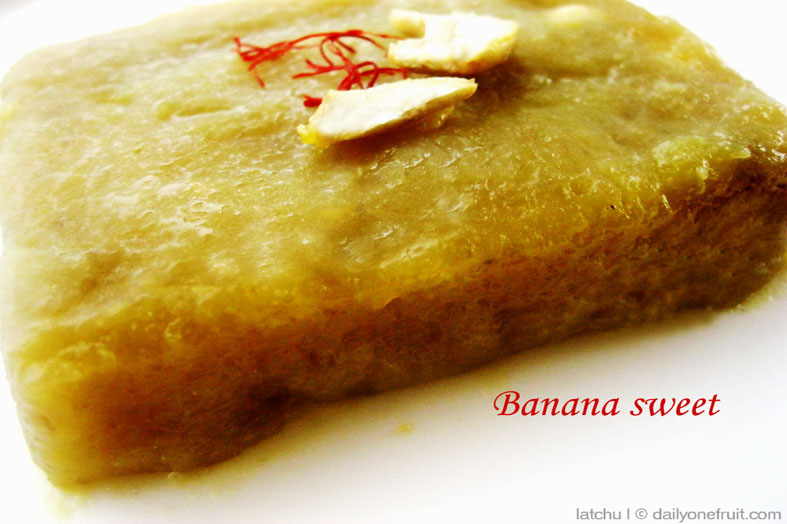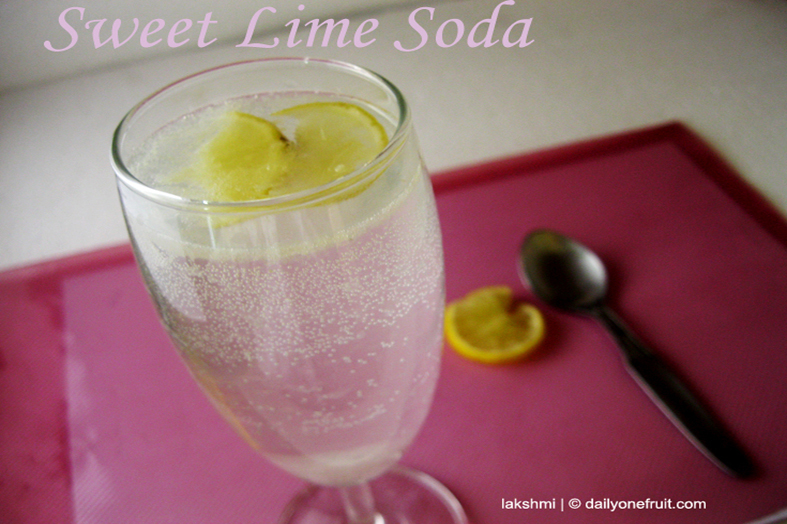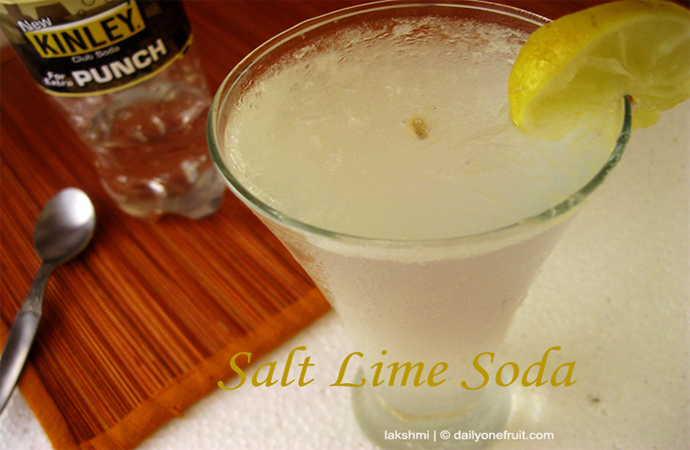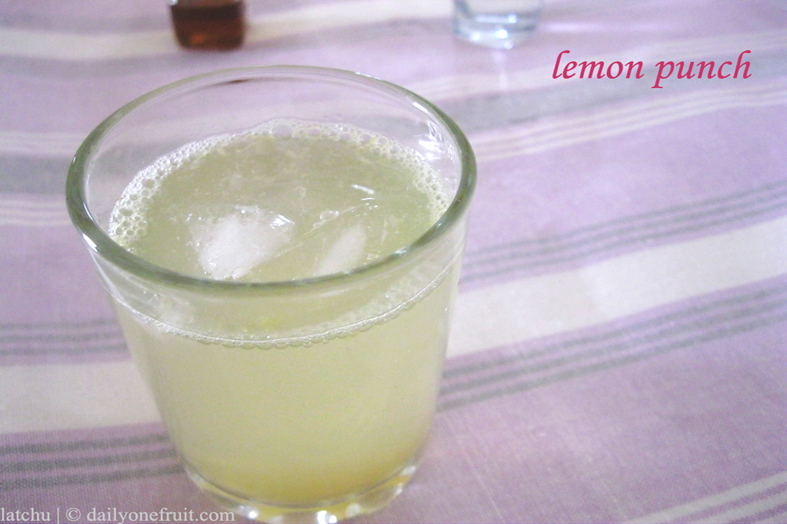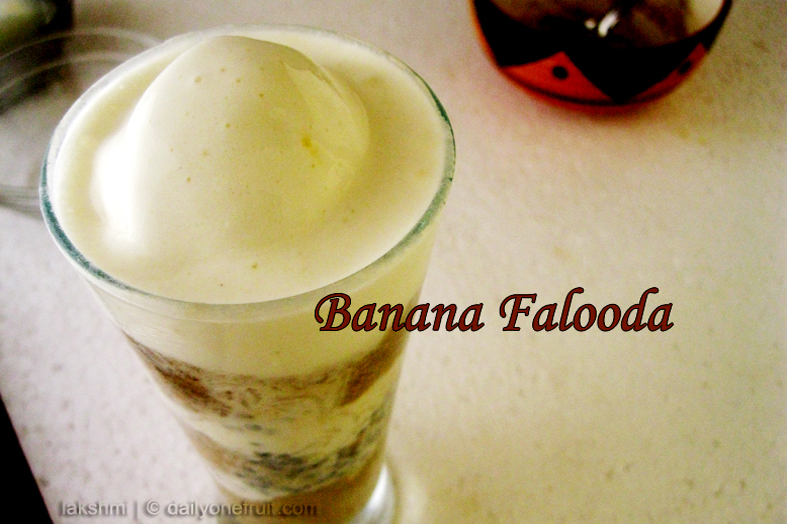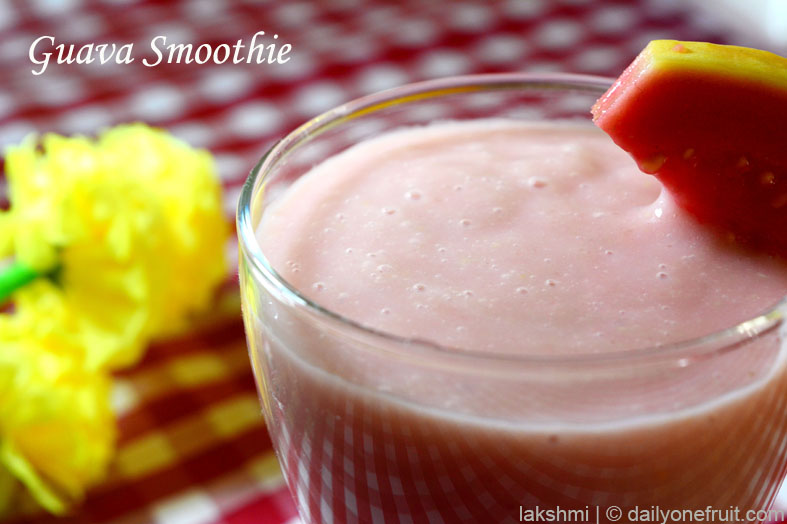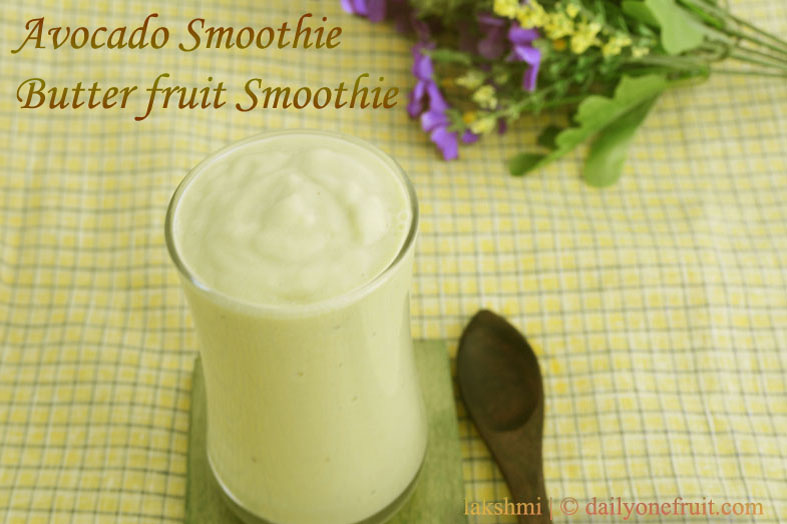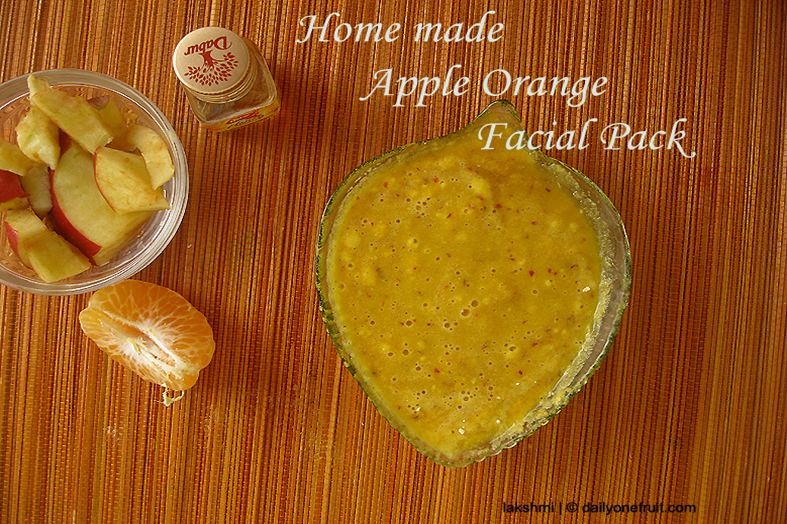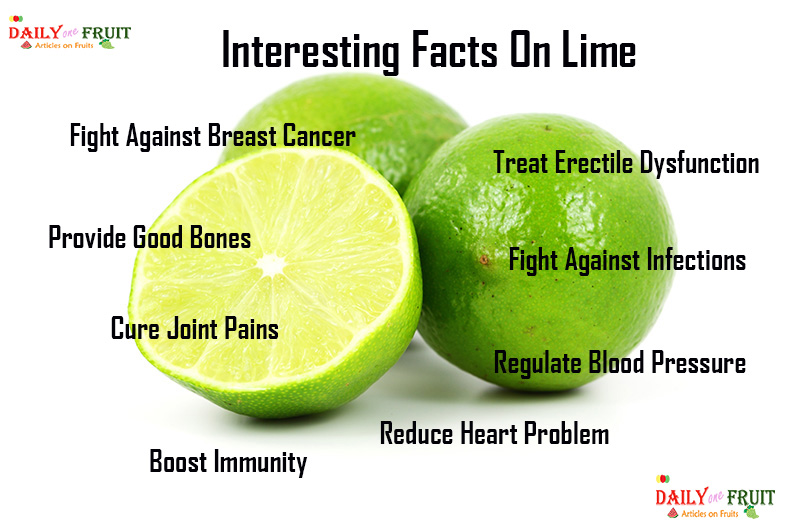
Scientific Name lime fruit – Citrus aurantiifolia
lime Fruit Family – Rutaceae
lime fruit Names in Indian Language –எலுமிச்சம்பழம்(Elumichai),നാരങ്ങ Cherunaranga,नींबू Bara Nimbu
lime fruit Origin – Believed to have first grown in Indonesia or Southeast Asia, and then transported to the Mediterranean region and north Africa.
Amazing Health Benefits Of lime fruit act against Breast Cancer,Fight Arthritis and Joint Pain,Lower Your Risk of Heart Disease,Treat Erectile Dysfunction,Fight Bacterial and Fungal Infections.
Nutrition chart for lime
Nutrition chart for lime – Article shows you the exact minerals, vitamins, cholesterol, carbohydrate, protein, fat compound present in the fruit based on the reference from Source: USDA Nutrient Database
| Nutrient | unit | 100g |
|---|---|---|
| Water | g | 88.26 |
| Energy | kcal | 30 |
| Protein | g | 0.7 |
| Total lipid (fat) | g | 0.2 |
| Carbohydrate, by difference | g | 10.54 |
| Fiber, total dietary | g | 2.8 |
| Sugars, total | g | 1.69 |
| Calcium, Ca | mg | 33 |
| Iron, Fe | mg | 0.6 |
| Magnesium, Mg | mg | 6 |
| Phosphorus, P | mg | 18 |
| Potassium, K | mg | 102 |
| Sodium, Na | mg | 2 |
| Zinc, Zn | mg | 0.11 |
| Vitamin C, total ascorbic acid | mg | 29.1 |
| Thiamin | mg | 0.03 |
| Riboflavin | mg | 0.02 |
| Niacin | mg | 0.2 |
| Vitamin B-6 | mg | 0.043 |
| Folate, DFE | µg | 8 |
| Vitamin B-12 | µg | 0 |
| Vitamin A, RAE | µg | 2 |
| Vitamin A, IU | IU | 50 |
| Vitamin E (alpha-tocopherol) | mg | 0.22 |
| Vitamin D (D2 + D3) | µg | 0 |
| Vitamin D | IU | 0 |
| Vitamin K (phylloquinone) | µg | 0.6 |
| Fatty acids, total saturated | g | 0.022 |
| Fatty acids, total monounsaturated | g | 0.019 |
| Fatty acids, total polyunsaturated | g | 0.055 |
| Fatty acids, total trans | g | 0 |
| Cholesterol | mg | 0 |
WATER
Water is an essential compound needed in the diet to promote good digestion,blood circulation and to flush out the waste toxin – chemical compound from our body .
100g of Lime contains 88.26 g of water .
PROTEINS
Proteins are essential nutrients for our body. Proteins are one of the building blocks of body tissue, and can also serve as a fuel source throughout the day.
100g of Lime contains 0.7 g of PROTEINS .
FAT(lipid)
Cholesterol is a fatty substance known as a lipid and is vital for the normal functioning of the body. Too much fat in your blood, it can increase your risk of heart disease.
100g of Lime contains 0.2 g of Cholesterol .
IRON
Iron is a mineral that is required for our bodies to function properly. Most of the iron in our body is found in the blood as hemoglobin, which is a protein used to carry oxygen to the body’s tissues.
100g of Lime contains 0.6 mg of IRON .
CALCIUM
Calcium is the most plentiful mineral found in the human body. The teeth and bones contain the most calcium.
100g of Lime contains 33 mg of CALCIUM .
CARBOHYDRATE
Carbohydrates are energy-providing nutrients.
100g of Lime contains 10.54 g of CARBOHYDRATE .
POTASSIUM
Potassium is a mineral that help muscles contract, regulate fluids and mineral in and out of body cells, and helps maintain normal blood pressure by blunting the effect of sodium.
100g of Lime contains 102 mg of POTASSIUM .
VITAMIN C
Vitamin C is also called ascorbic acid, which is the form of vitamin C found in most foods.Vitamin C is needed for proper growth, development, and to heal wounds.
100g of Lime contains 29.1 mg of VITAMIN C .
VITAMIN B12
100g of Lime contains 0 g of VITAMIN B12 .
SODIUM
Sodium in the diet (called dietary sodium) is measured in milligrams (mg).
100g of Lime contains 2 mg of SODIUM .
DIETARY FIBER
Fiber promotes the movement of material through your digestive system and increases stool bulk, so it can be of benefit to those who struggle with constipation or irregular stools.
100g of Lime contains 2.8 g of DIETARY FIBER .






























